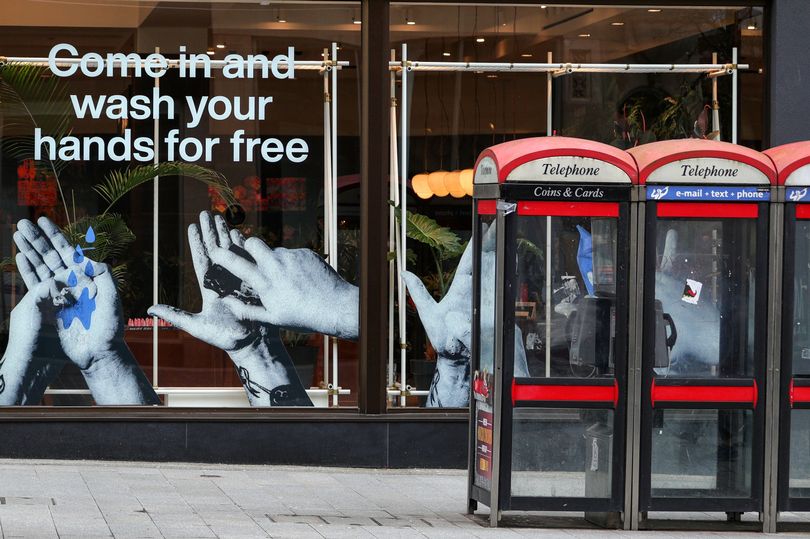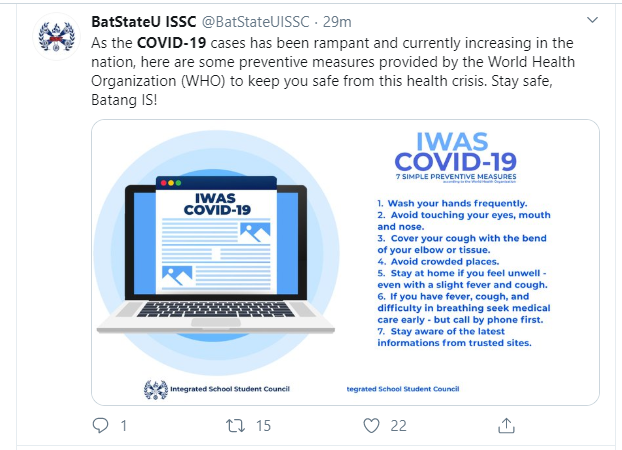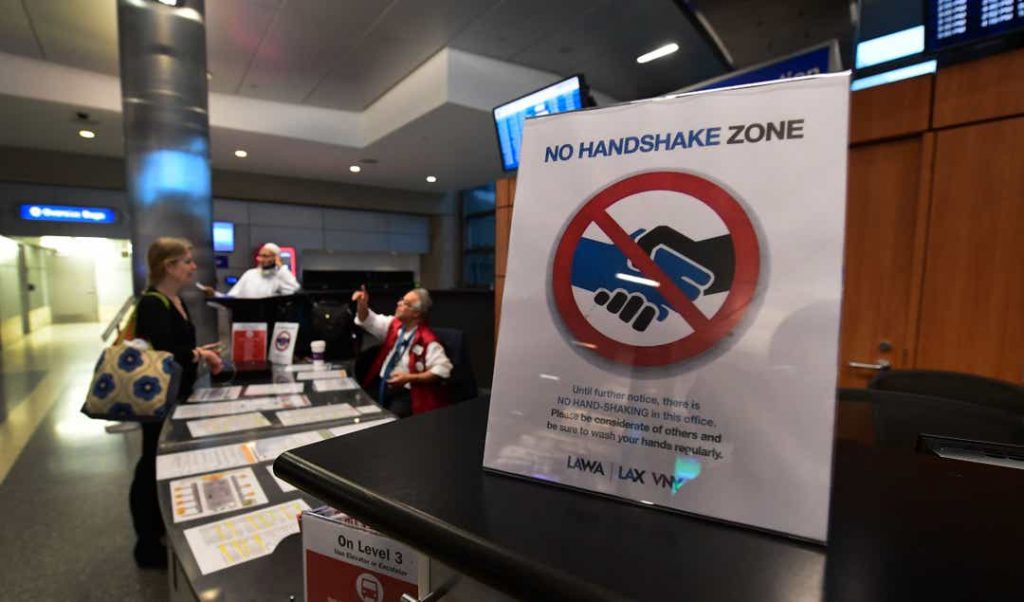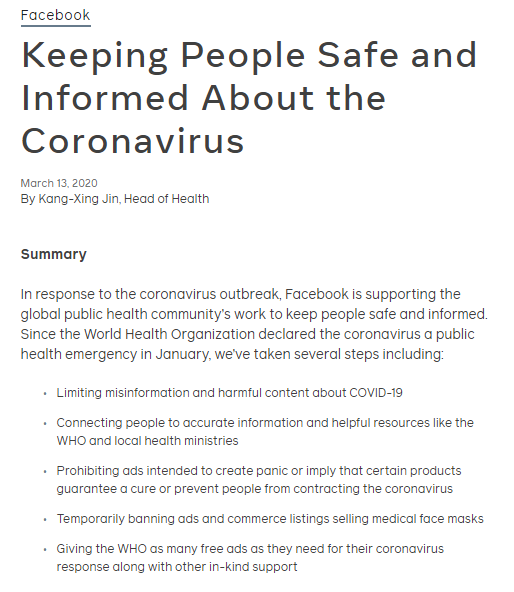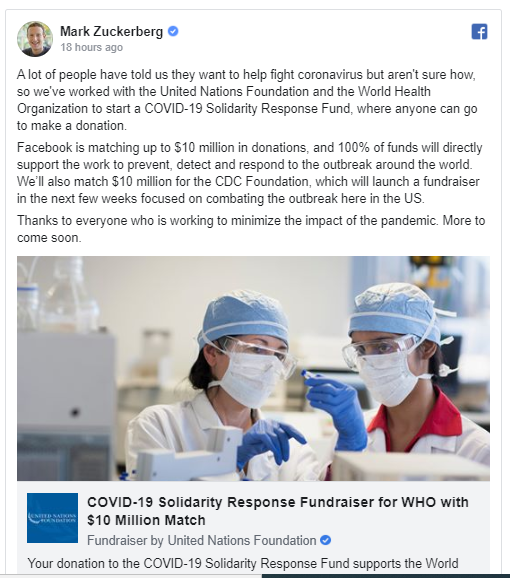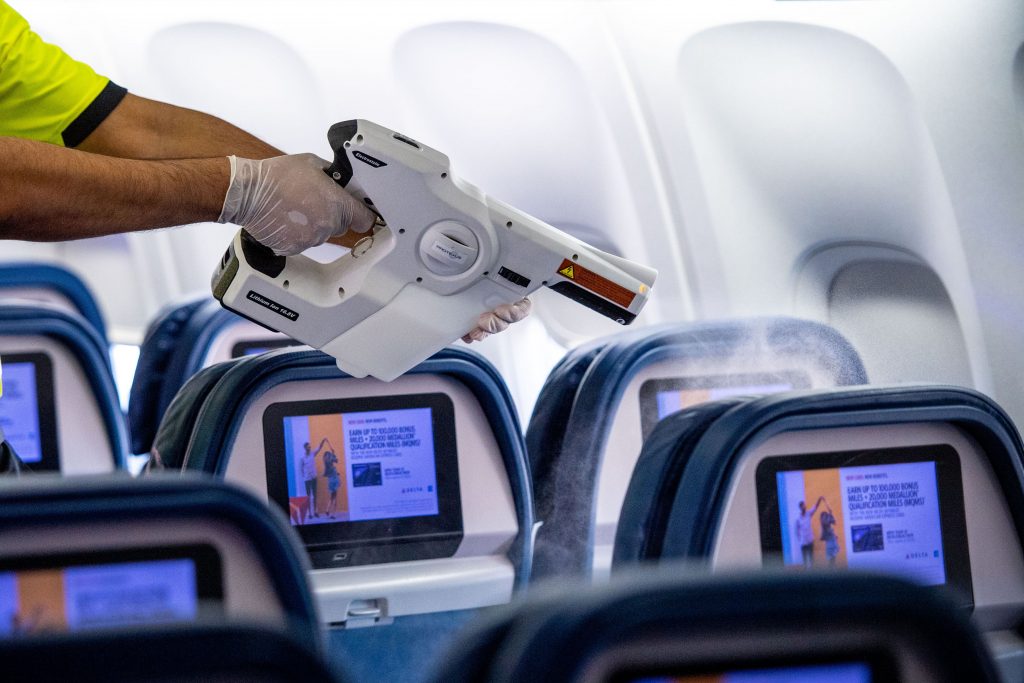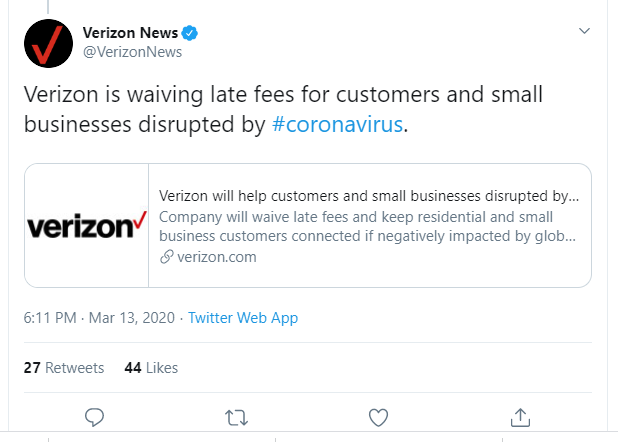There shall be no return to normal: Focal points for the post-COVID customer experience strategy
Many people think that as soon as this crisis is over, they will rapidly return to life before COVID-19. Unfortunately, life after COVID-19 will not be the same. The COVID period is a harsh transformation period for all organizations. The very foundations on which the existing business strategies were developed have changed. This crisis has marked a sharp change in most business trends. It has changed customer values and expectations, necessitating new customer experience strategies in the post-COVID-19 era.
Drawing inspiration from publications and reports by some of the world’s most authoritative sources, this write up seeks to demonstrate the effect that COVID-19 has had on the economy, and propose a framework for post-COVID customer experience.
The impact of COVID-19 on the economy.
From December 2019 – 16th October 2020 the world has recorded 38,984,808 cases of COVID-19 with 1,099,184 deaths. 4,14% of corona cases have been reported from Africa, 31,1% from Asia, 47.4% from America, 17,1% from Europe (ECDPC, 2020).
COVID-19 has plunged the world economy into the worst recession in eight decades. While it is projected that growth will recover in 2021, the pace of the recovery is still very uncertain and will largely depend on the availability of a vaccine and the rate of improvements in trade and investments. (WBG, 2020). Some of the shocks to the global economy as revealed in an April 2020 world bank study include a 3% drop in unemployment below the base level, an increase of 25% in the cost of imports and exports in international trade, a sharp drop of 20-32% in international tourism, and a drop in household demand for services requiring closer human interactions by 15%. (WBG, 2020).
The global economy’s return to the pre-COVID 19 levels of activity remains prone to setbacks. The global growth is projected at –4,4% for 2020 and 5,2% for 2021. These trends imply high unemployment rates this year and next year for both emerging and advanced economies. It is projected that social distancing will continue into 2021 though it shall fade over time with improvements in treatment and the use of a vaccine. (IMF, 2020)
A September 2020 McKinsey Global Survey, however, suggests a positive shift in economic sentiment as executives are becoming more hopeful about the global economy and their company performance as things are slowly getting back under control compared to the perceptions at the start of the crises.
Focal points for post-COVID customer experience strategy
Given the amplitude of the disruptions COVID-19 has had on the economy, we really cannot talk of a return to normal anymore. Businesses would have to play by new rules, set new visions and review their current operational models. Some business trends that were forecasted before the crisis has accelerated due to the crisis while others have drastically slowed down. Three strategic post-COVID customer experience focal areas include: digital transformation, employee experience and reengineering customer touchpoints.
1. Digital Transformation
Accelerated by social distancing and the adoption of remote working, there could be no better time for engaging in digital transformation projects. The crisis has facilitated the acceptance of technologies that were resisted and ignored before. These new technologies have taught us an alternative way of holding meetings, working and learning.
Digital transformation has also greatly affected marketing processes. The lockdowns and social distancing have pushed people to connect more within online communities, changing drastically the ball game for marketing, and placing the digital marketer at the center of marketing efforts. This trend may not change after the crises and could become the new normal.
The increased online presence and shift to digital channels is reshaping e-commerce. This presents a great opportunity for technology companies. The spillover effect is also beneficial to organizations as these increased innovations and supply of digital services are leading to free and low-cost access to digital services and technologies.
Many companies used this lockdown to transform their business models completely and now operate 100% virtual companies with employees working from home.
2. Employee Experience
Employees are increasingly working from home. Travelling and business trips are reducing, and there are major changes happening in the internal customer service environment. The approach to work is changing, the tools used for work are changing, the approach to service delivery is changing, workflows are being altered, the business operational guides are being adjusted, vacation scheduling is being reviewed and the dynamics that exert external influence on employees such as family, social groups and lifestyle are changing.
The employee is undergoing a 360-degree transformation and many will become obsolete due to the rapid and massive nature of the change. New talent will evolve and new competencies will be needed. Many performance reviews may not happen in 2020, and for those that take place, many would not be based on the objectives that were set at the beginning of the year. This also means new performance trends will emerge.
The COVID global pandemic has made it easy to differentiate companies with great employee experience from those without it. The approach that has been used by the management of companies to sail through this crisis has shown where most companies stand when it comes to customer and employee care. Some companies have shown no care or responsibility for their workers during this pandemic. The effect on employee motivation and performance will show in the 2020 performance.
Employees are becoming more mindful of personal hygiene and expect the workplace to keep them safe. Companies need to put in place structures and equipment that ensure not only the hygiene of the customers but also that of employees.
With increased unemployment, the shutdown of schools and other activities, the financial burden on workers has increased. Though they may be paid the same salary, much will be needed to keep them sufficiently motivated as their hierarchy of needs has changed. Employee access to health and safety is more valuable to them now.
3. Reengineering customer touchpoints
One evident consequence of the corona pandemic is a total disruption of existing customer journeys. A lot has changed about the customer persona: their taste, motivations, social groups, and preferred channels among others.
Companies need new data to create new user and customer personas. Organizations need to re-engineer their customer touchpoints. They must identify what has changed in the way customers interact with them, customer needs and expectations. Organizations need to design and deploy new customer experiences.
Organizations will need to review and identify changes that have happened in their operations and how these changes are affecting customers. They will need to review their customer touchpoints in order to understand which contact points have become pain points and redefine their strategy. The new journey maps will be subjected to 3 dominant forces. Alignment to the World Health Organization’s recommendations, the organizational changes and the new customer needs.
Conclusion.
Certainly, we will overcome this pandemic but nothing will ever be the same again. The post-COVID economy will be one marked by deep-rooted changes that will affect even the vision and mission of most organizations. Leveraging technology and customer experience management will be the new playground for competitive advantage. There shall be no return to normal. The new normal begins now.
By MBINKAR Kpunsa Fomunyuy |Author | Customer Experience Expert |



